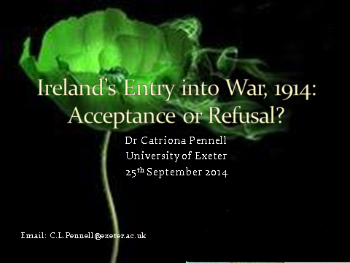Performing Arts activities report August – December
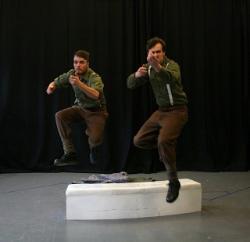 SinceThe Medal in the Drawerwas successfully staged at the Brian Friel Centre, Queen's University Belfast, the play's cast and Creative Team have been busy preparing and delivering a community outreach programme which uses the original script as stimulus material for groups of young people to stage their own theatrical responses to the centenary of the First World Warhttp://www.livinglegacies1914-18.ac.uk/PerformingArts/.
SinceThe Medal in the Drawerwas successfully staged at the Brian Friel Centre, Queen's University Belfast, the play's cast and Creative Team have been busy preparing and delivering a community outreach programme which uses the original script as stimulus material for groups of young people to stage their own theatrical responses to the centenary of the First World Warhttp://www.livinglegacies1914-18.ac.uk/PerformingArts/.
Photo 1 :- Jumping Boys - Rehearsing Medal in the Drawer
In September 2014, seven third-year students of Drama Studies at Queen's University, all leading players in the original production, trained with a professional drama-workshop facilitator. The object of the exercise was to equip these students with the skills which would enable them to go into schools and community groups to help lead young people in the devising of their own drama productions.
Third-year Drama Studies student Stella Green, who played Lady Constance Fairfax Ross inThe Medal in the Drawer,comments on her experience of participating in the play and its accompanying out-reach activities to schools:
From the start I understood that ‘Medal in the Drawer’ was going to be more than an assessed piece of work for my university degree. The family connection which the author, Brenda Winter-Palmer, has with the piece, coupled with the cultural connection of its cast to the Belfast locality in which it is set, made sure we approached the text with sensitivity and emotion. The play and the cast have not only made me explore a point in history which I have always found interesting but it has also given me a connection to characters which I have never felt before … they’ve become people who I know well. And this is the reason why I find using the characters from ‘Medal in the Drawer’ as a focus for drama work with young people such a natural development. We all want to share these individuals that we have come to know with as many people as possible. It has been and I hope it will continue to be an eye-opening experience which I am lucky enough to share with many good friends that I have made along the way.
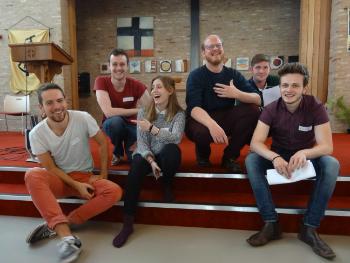
Photo 2 : The Frontliners with Jonathan Evershed
Stella with fellow ‘Frontliners’, David Paulin, Brian Diamond, Lloyd Whiteside and Mathew Jeffrey. Also pictured is Jonathon Evershed, Creative Director of the Co-operation-Ireland Project ‘Entwined Histories’. This group of students, along with Rebekah Wallace and Pamela Bell, have been so inspired by the process that they have formed their own theatre-in-education company called ‘Frontline’.
Since the beginning of October the Frontliners have performed scenes from The Medal in the Drawer, engaged in question and answer sessions in role, conducted workshops, assisted in the devising of performances in schools, community venues, outdoor museums, museum galleries and even in a cinema as a prelude to the screening of the famous silent film of the Battle of the Somme.
Photo 3 : First person interpretation at the First World War Poster Exhibitions – National Museum Northern Ireland
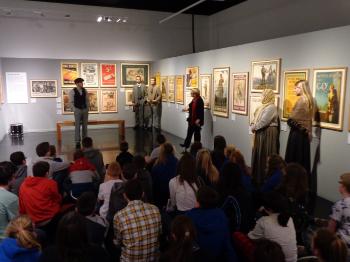
Entwined Histories : The Frontliners partner with Co-operation Ireland October/November 2014
This was a collaborative project with the cross-border agency ‘Co-operation Ireland’. It explored through creative and expressive means the role politicians played in encouraging young men to go to war in 1914. The Frontliners used a range of theatre/drama techniques as well as scenes fromThe Medal in the Drawerto enable groups involved to create their own mini-dramas on the First World War. This project culminated in a public performance involving eighty pupils and their student mentors on 6th November at the Ulster Museum, Belfast.http://www.cooperationireland.org/.
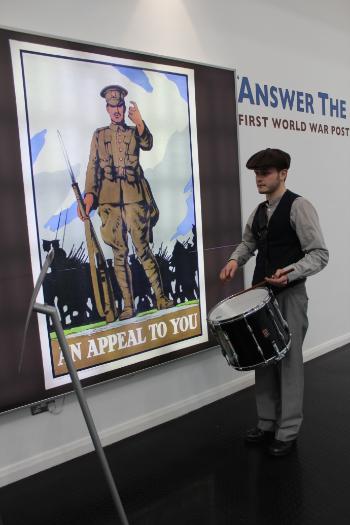
Photo 4 : Matthy Jeffrey at the First World War Poster Exhibitions – National Museum Northern Ireland
Peter Sheridan OBE, Chief Executive, Co-operation Ireland said
"Co-operation Ireland highly values partnership working and we are delighted to have had the opportunity to extend our relationship with Queen's University in the past months. Liaising with Brenda Winter-Palmer through the Living Legacies programme, we have had the pleasure of training and working with five 3rd year Drama students. Working as part of our facilitation team, their contribution as mentors has very much enhanced the experience of the 80 teenagers involved. I've been impressed by their energy, enthusiasm and work ethic, encouraging and motivating the young people to express themselves and their ideas. Thank you to Brenda, Matty, David, Stella, Brian and Lloyd for all your efforts."
Photo 5 : David Paulin conducts a workshop with Co-operation Ireland
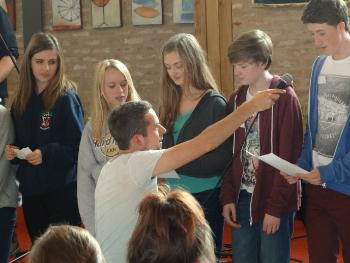
Greg Toner, Head of History at Participating School Assumption Grammar School, Ballynahinch commented
"I cannot speak highly enough of the Drama students from Queen's University. In addition to their obvious talent as actors it was their cheerful demeanours and clear sense of purpose which quickly earned them the respect and admiration of pupils and teachers alike."
Project facilitator Jonathan Evershed described the benefit obtained by students:
Medal in the Drawer' captures so well the conflicted emotions and divided loyalties in Ireland during the First World War in a way that only drama can. The play's subtext is a profoundly personal politics of memory, and I am grateful to Brenda Winter- Palmer for allowing us to make use of her wonderful script over the course of the project. In their dual role as actors and facilitators, the play was brought to life and re-worked with great energy by Stella, Lloyd, David, Matty and Brian to allow the project participants to engage creatively and critically with this period and its legacy.
Photo 6 : The Frontliners perform at final presentation of Co-operation Ireland Project
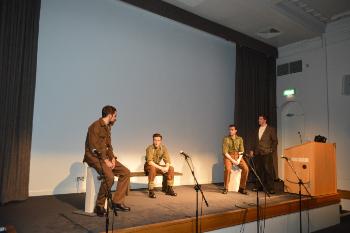
The Frontliners perform at the Ulster Museum
‘Westies’ at War Project.
This project is currently working with two schools on the Falls Road to uncover, dramatize and present stories from the Home Front in Nationalist West Belfast, particularly the role of women munitions workers in Mackies Foundry.
In addition to this, an event in the QFTs School Outreach Programme was enjoyed by school pupils.
Photo 7 : Students from belfast Hospital School with Frontliners
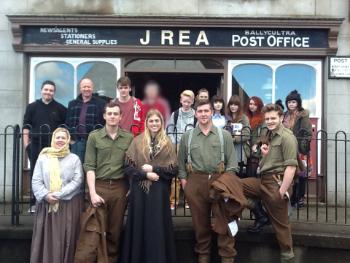
The Frontliners have also been invited to perform scenes from Medal in the Drawer at the launch of a new exhibition on the history of The 6th Connaught Rangers, a British Amry regiment largely populated by nationalist men from the Falls Road in Belfast.http://www.nam.ac.uk/research/famous-units/connaught-rangersat Belfast's City Hall on the 19thNovember 2014.
Connaught Rangers
Photo 8 : Frontliners perform at Belfast City Hall
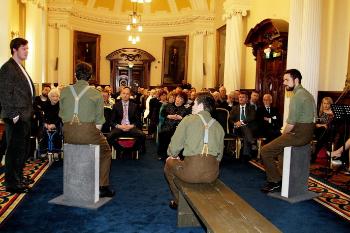
Siobhan Deane from 6th Connaught Rangers Research Project sent some comments regarding the Frontline theatre company:
I just wanted to say a big thanks to you and the 4 actors (Brian, Lloyd, David and Matty) from 'Medal in the Drawer' in putting on the final scene at our exhibition launch at Belfast City Hall on 19th November last. This was a big day for us. It was the first time we think, that those men from nationalist areas of Belfast who fought in WW1 would be highlighted in City Hall and we wanted this to be as professional and informative as possible. Your play and the acting certainly achieved that. Whilst we knew that your play and the acting was first class, those attending the launch, including the Lord Mayor and Lord Lieutenant of Belfast, were unaware what was about to unfold and I think for them, it was engaging, original and even emotional. I think some in the audience expected a lecture but your play managed to convey what we intended to say in an original way. Instead of a slide show we were met by four young men (like the original soldiers themselves) in army uniform, with Belfast accents, who voiced the fears and feelings that the politics of WW1 encapsulated and who conveyed both the message we had hoped to convey whilst at the same time, embodying the young soldiers themselves. Attendees at our event could see these young men instead of imagining them. It almost seemed that the past was speaking to the future and that caught a lot of people. I found it very moving and I know others did too.
We look forward to working with you again.
Siobhan and the 6th Connaught Rangers Committee
Photo 9 : Brenda Winter-Palmer at Belfast City Hal
l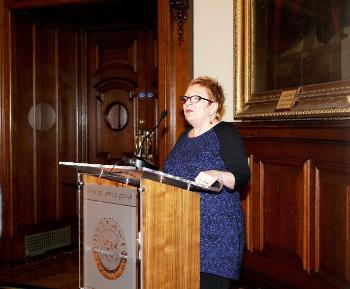
Top of Page



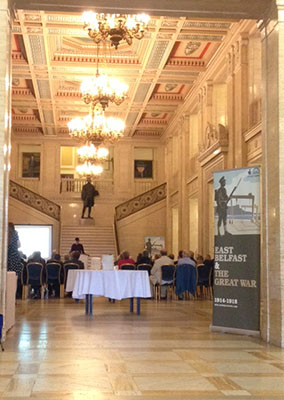
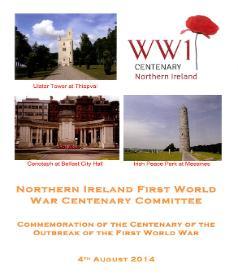 We attended the the 100th Anniversary of the outbreak of World War One at St Anne's Cathedral. This was a period of rememberance of thise who served and those who gave their lives in that was and other conflicts, home and overseas, and remembering the sacrifices and loss suffeerd by thise who remained at home. Many reminders of the First World War and other conflicts can be found within the Cathedral walls.
We attended the the 100th Anniversary of the outbreak of World War One at St Anne's Cathedral. This was a period of rememberance of thise who served and those who gave their lives in that was and other conflicts, home and overseas, and remembering the sacrifices and loss suffeerd by thise who remained at home. Many reminders of the First World War and other conflicts can be found within the Cathedral walls.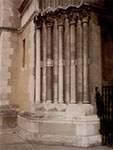
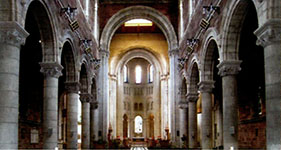
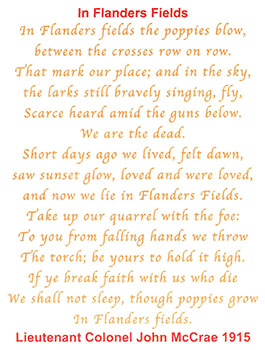 "On 21 March 1918, at the Racecourse Redoubt, near Groagie, France, for seven hours Second Lieutenant De Wind held this important post and though twice wounded and practically single-handed, he maintained his position until another section could be sent to his help. On two occasions, with two NCOs only, he got out on top under heavy machine-gun and rifle fire and cleared the enemy out of the trench, killing many of them. He continued to repel attack after attack until he was mortally wounded and collapsed."
"On 21 March 1918, at the Racecourse Redoubt, near Groagie, France, for seven hours Second Lieutenant De Wind held this important post and though twice wounded and practically single-handed, he maintained his position until another section could be sent to his help. On two occasions, with two NCOs only, he got out on top under heavy machine-gun and rifle fire and cleared the enemy out of the trench, killing many of them. He continued to repel attack after attack until he was mortally wounded and collapsed."
 SinceThe Medal in the Drawerwas successfully staged at the Brian Friel Centre, Queen's University Belfast, the play's cast and Creative Team have been busy preparing and delivering a community outreach programme which uses the original script as stimulus material for groups of young people to stage their own theatrical responses to the centenary of the First World War
SinceThe Medal in the Drawerwas successfully staged at the Brian Friel Centre, Queen's University Belfast, the play's cast and Creative Team have been busy preparing and delivering a community outreach programme which uses the original script as stimulus material for groups of young people to stage their own theatrical responses to the centenary of the First World War







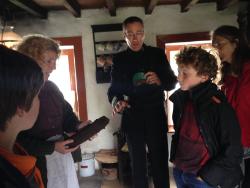 The Home Front: Hidden Histories of the First World War began on Tuesday 5th August to mark the centenary of the outbreak of the First World War.
The Home Front: Hidden Histories of the First World War began on Tuesday 5th August to mark the centenary of the outbreak of the First World War.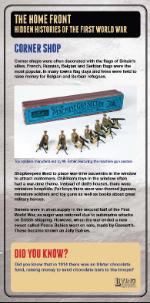
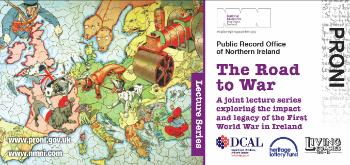 A joint lecture series exploring the impact and legacy of the First World War was hosted at the Ulster Museum and PRONI and facilitated by Living Legacies. The lectures took place in August to October exploring various elements that led to war.
A joint lecture series exploring the impact and legacy of the First World War was hosted at the Ulster Museum and PRONI and facilitated by Living Legacies. The lectures took place in August to October exploring various elements that led to war.